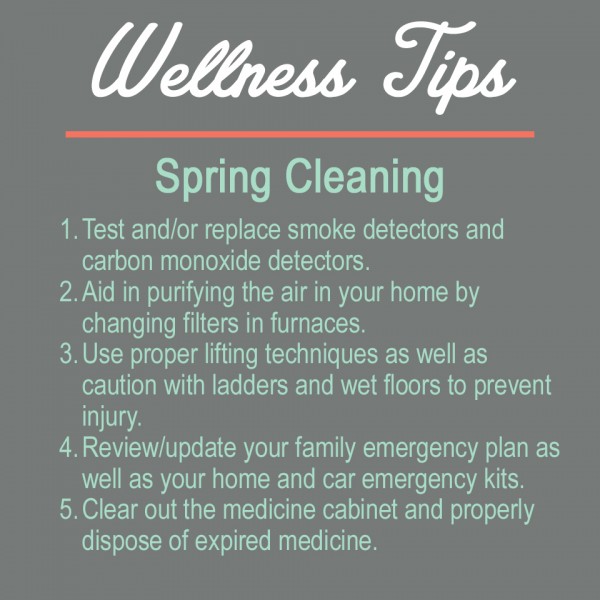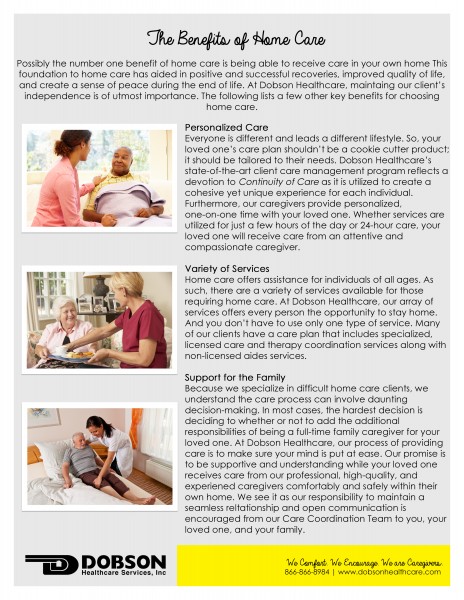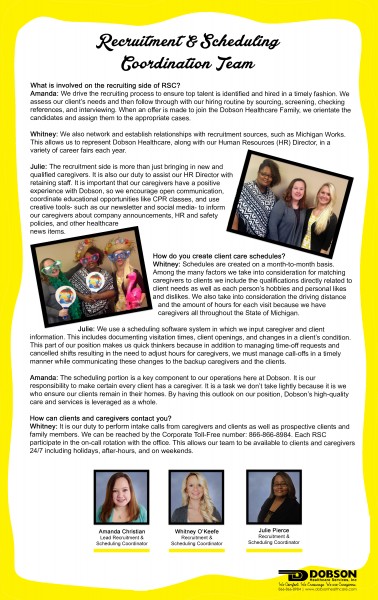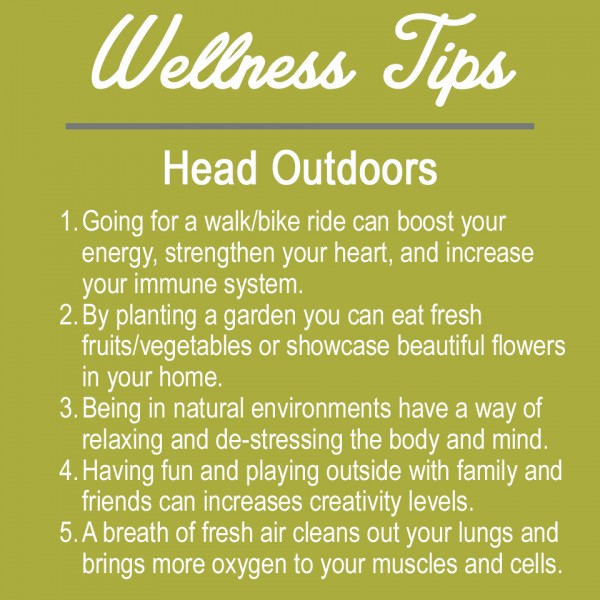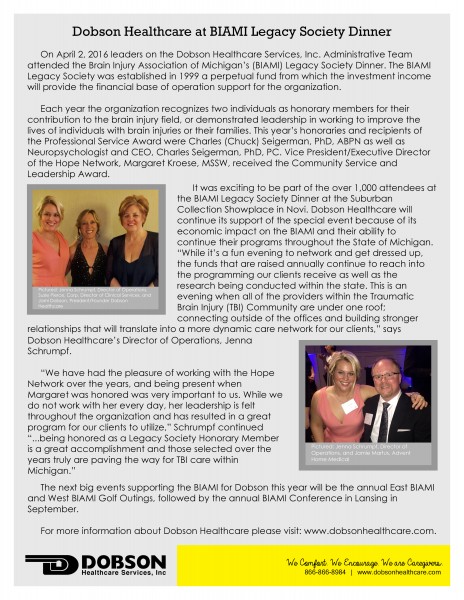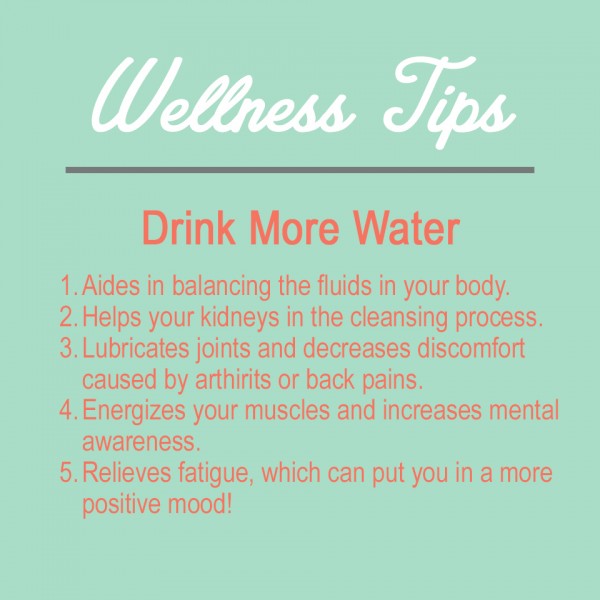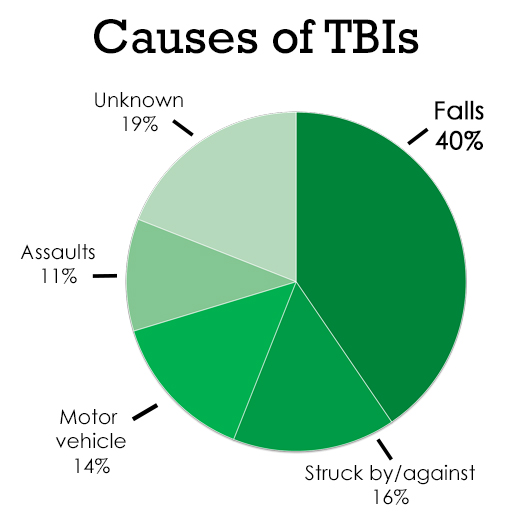Clear out the clouds and let the sun shine!
Having a positive mindset can make a huge impact on your health and wellness. It can aide in reducing stress, help you fight off disease, and more! Want to make a change to bring more positivity in your life? Start by breaking small, negative habits and work towards a larger goal; and don’t forget to reward yourself a long the way. Participate in events or volunteer with organizations you love! Here are a few more tips to create positive energy in your life!
The Huffington Post. (2013, October, 03). How Positive Thinking Can Improve Your Health. Retrieved April 06, 2016, from www.huffingtonpost.com
GalTime. (2014). 8 Steps to Attract Positive Energy into Your Life. Retrieved April 06, 2016, from www.galtime.com
Junttila, H. (2011). 7 Powerful Ways to Supercharge Your Life With Positivity. Retrieved April 06, 2016, from www.becomingminimalist.com
Love or Above. (2014, May 10). 11 Ways to Bring Positive Energy Into Your Life. Retrieved April 06, 2016, from www.loveorabove.com
May Clinic. (2014, May, 04). Positive thinking: Stop negative self-talk to reduce stress. Retrieved April 06, 2016, from www.mayclinic.org
Do you have the urge to begin your annual spring cleaning routine?
Many individuals are using this time to clear out gutters, freshen up their landscape, wash windows, and so much more. If you’re ready to start clearing out the old and sweeping in the new, don’t forget to include or adhere to these important safety tips!
Consumer Reports. (2013, March). Spring Cleaning Health And Safety Tips. Retrieved April 06, 2016, from www.consumerreports.org
Household Management 101. (n.d.). Top Ten Spring Cleaning Safety Tips. Retrieved April 06, 2016, from www.household-management-101.com
National Safety Council. (n.d.). Spring: A Great Time to Review Your Safety Checklist. Retrieved April 06, 2016, from www.nsc.org
Schwartz, D. B. (n.d.). How to Change a Furnace Filter – Bob Vila. Retrieved April 06, 2016, from www.bobvila.com
The Recruitment & Scheduling Coordination (RSC) Team ensures unsurpassable Continuity of Care on the staffing and scheduling side of the departments at Dobson Healthcare. It is a supporting branch of the Human Resources and Operations Teams. The RSCs lead the recruiting process to identify, hire, and retain the most qualified candidates for caregiver positions. They are also responsible for generating and distributing client care schedules. Now that our full RSC Team is assembled, our Marketing Communications Associate sat down with the three members to get you the scoop on their daily activities!
Nature is calling!
Do you hear the call to head outside now that the weather is getting warmer and the sun shines brightly in the sky longer? We’ve spent the winter days cooped up indoors, now is the time to head out and breathe in the fresh Spring air! So go out exploring; take a walk during your lunch break; immerse yourself in Mother Nature’s beauty! Here’s 5 great examples of the healthiness of heading outdoors.
Camping.com. (n.d.). Camping.com. Retrieved April 06, 2016, from www.camping.com
Friedman and Kevin Loria, L. F., & Loria, K. (2014, April 09). 11 Scientifically Proven Reasons You Should Go Outside. Retrieved April 06, 2016, from www.businessinsider.com
Murphy, J. (2014). 4 Reasons to Go Outside (if you care about your health). Retrieved April 06, 2016, from whole9life.com
National Wildlife Federation. (n.d.). Health Benefits. Retrieved April 06, 2016, from www.nwf.org
Tesco. (n.d.). 8 reasons why walking is great for your health. Retrieved April 06, 2016, from www.tescoliving.com
Our quarterly newsletter has been published!
Read about our additions to the Dobson Healthcare Family, upcoming events, healthcare news, safety tips and more in our latest edition in Thrive: A Message from Dobson Healthcare!
Please click here to view the latest edition of Thrive.
You know the saying, April showers bring May flowers? Summer is right around the corner! So we wanted to “shower” you with wellness tips to prepare for those “budding” summer months.
Our First Wellness Tip Monday focuses on the rule we’ve been told since childhood: Drink 8 oz. of water every day. Now days, the recommendation for you daily water intake of water depends on your age, weight, activity level, and various other factors. However, the bottom line is that it is essential to drink water every day. But why is it so important? Here’s 5 reasons you should drink more water:
Aquino, I. (2013, August 24). Reasons to Drink Water. Retrieved April 04, 2016.
StayingHealthy. (2013). Health Benefits of Water: H2O Not Just For Hydration. Retrieved April 04, 2016.
Top 10 Home Remedies. (2013). Top 10 Health Benefits of Drinking Water. Retrieved April 04, 2016.
With the arrival of Spring and warm weather, comes the blossoming of flowers, leaves growing on the trees, and the potential for severe storms.
During the Spring, we can see a variety of weather hazards including:
- Heavy Rains
- Floods
- Heat
- High Winds
- Lightning
- Rip Currents/Beach Hazards
- Tornadoes
- and more!
It’s important that we understand what to do when severe weather we see during the warmer months of the year happens. Below is a list of a few proper safety protocols to prepare for severe weather.
- Have a written plan for what you will do in an emergency. Don’t forget to include your pets in your emergency planning!
- Share your plan with family, friends, care providers and other in your personal support network.
- If you have an emergency (fire, medical emergency, down electrical wires, hazardous material spill, gas leak etc.) CALL 911
- Severe Weather Warning means severe weather is imminent, occurring, or likely in your area and is a threat to life and property. Everyone in the warning area needs to take immediate action.
- Shelter in place- Have a designated safe area in the home that offers the most protection from high winds, falling objects, and away from glass windows.
- Evacuation- There may be conditions in which you will decide to evacuate or are ordered to leave; in this case, you need to choose several designated shelters located in different directions from your home that you can go to when these conditions arise.
- Keep a list of family members and emergency contacts along with their contact information; i.e. phone number, text, email address.
- Prepare basic survival kits, one for if you stay where you are and a second kit for if you have to leave. What should you include in your survival kit?
- Water
- Food
- Battery powered radio
- Flashlight
- First aid kit
- Whistle
- Dust mask
- Moist towelettes
- Garbage bags
- Local maps
- Pet food
- Medications
- Cash
- Monitor radio and TV stations located in your immediate area for any updates in weather conditions.
- What are the safety precautions for down electrical wires? STAY AWAY AND DO NOT TOUCH.
- If there is a gas leak in your community, stay indoors (if possible) and block air flow from entering around windows and doors. If you have to evacuate, go upwind from source.
- For flooding conditions stay on high ground, avoid the current, and wait for emergency personnel and equipment to assist moving you.
Department of Homeland Security. (2014). Basic Disaster Supplies Kit. Retrieved March 15, 2016.
Weather-Ready Nation. (n.d.). Spring Has Sprung! Get Ready for Some of America’s Wildest Weather! #SpringSafety. Retrieved March 15, 2016.
According to the Brain Injury Association of America (BIA), “…every day, 137 people in the U.S. die because of a TBI-related injury…” (BIA, 2015). So, what is the leading cause of these Traumatic Brain Injuries? It may not be what you think.
When you hear someone has suffered or survived a Traumatic Brain Injury (TBI), does the scene of a car accident flash through your head? At only 14.5%, motor vehicles are actually the 3rd leading cause of TBIs.
The number one cause of many TBIs is due to falls.¹
It is also no coincidence that Brain Injury Awareness Day (March 16) is in the middle of National Patient Safety Week (March 13-19). As a healthcare provider, it is important that we pass along information to protect our clients and our families. Below is a compiled list of fall risk factors as well as prevention and safety tips.
What Conditions Make You More Likely to Fall?²
Research has identified many conditions that contribute to falling. These are called risk factors. Many risk factors can be changed or modified to help prevent falls. Please note that most falls are caused by a combination of risk factors. The more risk factors a person has, the greater their chances of falling. They include:
- Lower body weakness
- Vitamin D deficiency (that is, not enough vitamin D in your system)
- Difficulties with walking and balance
- Use of medicines, such as tranquilizers, sedatives, or antidepressants. Even some over-the-counter medicines can affect balance and how steady you are on your feet.
- Vision problems
- Foot pain or poor footwear
- Home hazards or dangers such as
- Broken or uneven steps,
- Throw rugs or clutter that can be tripped over, and
- No handrails along stairs or in the bathroom.
Prevention Tips³
You can play a role in preventing falls. Encourage the older adults in your life to:
- Get some exercise. Lack of exercise can lead to weak legs and this increases the chances of falling. Exercise programs such as Tai Chi can increase strength and improve balance, making falls much less likely.
- Be mindful of medications. Some medicines—or combinations of medicines—can have side effects such as dizziness or drowsiness. This can make falling more likely. Having a doctor or pharmacist review all medications can help reduce the chance of risky side effects and drug interactions.
- Keep their vision sharp. Poor vision can make it harder to get around safely. Older adults should have their eyes checked every year and wear glasses or contact lenses with the right prescription strength to ensure they are seeing clearly.
- Eliminate hazards at home. About half of all falls happen at home. A home safety check can help identify potential fall hazards that need to be removed or changed, such as tripping hazards, clutter, and poor lighting.
Steps for Home Safety³
The following checklist can help older adults reduce their risk of falling at home:
- Remove things you can trip over (such as papers, books, clothes, and shoes) from stairs and places where you walk.
- Install handrails and lights on all staircases.
- Remove small throw rugs or use double-sided tape to keep the rugs from slipping.
- Keep items you use often in cabinets you can reach easily without using a step stool.
- Put grab bars inside and next to the tub or shower and next to your toilet.
- Use non-slip mats in the bathtub and on shower floors.
- Improve the lighting in your home. As you get older, you need brighter lights to see well. Hang lightweight curtains or shades to reduce glare.
- Wear shoes both inside and outside the house. Avoid going barefoot or wearing slippers.
More Information
For more information about Fall Prevention, download these Stopping Elderly Accidents, Deaths, & Injuries (STEADI) safety brochures: what_you_can_do_brochure-a; check_for_safety_brochure-a.
To learn more about Traumatic Brain Injuries, visit the Brain Injury Association of Michigan. For more statistics about TBIs, download this Centers for Disease Control and Prevention flyer: Brain Injury Statistics.
If you or a loved one are a TBI survivor and need assistance in your home, give us a call at
866-866-8984!
¹BIA. (2015). Brain Injury Fact Sheet. Retrieved March 15, 2016.
²CDC. (2015, September 21). Important Facts about Falls. Retrieved March 15, 2016.
CDC. (2015, September 01). STEADI Materials for Your Older Adult Patients. Retrieved March 15, 2016.
³CDC. (2016, March 14). Preventing Falls Among Older Adults. Retrieved March 15, 2016.


